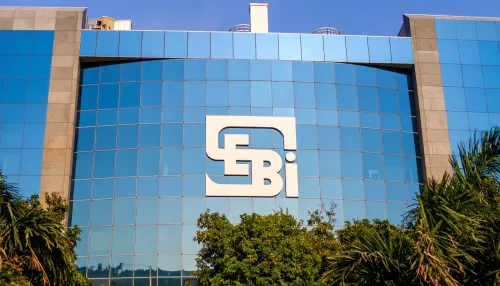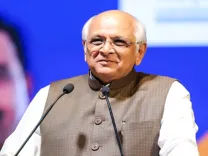Is India an Attractive Emerging Market for Investment?

Synopsis
Key Takeaways
- GST simplification is expected to enhance consumption.
- Income tax reductions are part of India's growth strategy.
- UBS holds an 'Attractive' view on Indian equities.
- India's economy projected to grow at 6.6% this year.
- Emerging markets are key for portfolio diversification.
New Delhi, Oct 27 (NationPress) The simplification of the GST, reductions in income tax, and easing measures from the central bank are anticipated to enhance consumption in India, as per a recent report issued by UBS, which holds an ‘Attractive’ perspective on Indian equities due to anticipated earnings recovery. The multinational investment bank has adopted a positive stance on emerging markets (EM).
UBS analysts state, “We have upgraded EM equities (MSCI EM) to Attractive, reflecting a favorable macroeconomic environment and improving financial conditions driven by Fed easing and a weaker US dollar. Our top markets include Mainland China, India, Brazil, and Indonesia.”
The rationale behind investing in EM equities has notably changed since the inception of this asset class, with a considerable number of EM stocks now representing more than just commodities and financial plays, according to the financial services firm.
“In summary, alongside the US, emerging markets are among the few regions globally providing direct exposure to structural tech growth,” UBS highlighted.
Additionally, emerging markets serve as portfolio diversifiers, comprising domestically-driven economies like India as well as more cyclical nations like Brazil.
UBS has increased its MSCI Emerging Markets target to 1,420 for December 2025 (up 2.2 percent from the current 1,389) and aims for 1,470 levels by June 2026.
The latest report from the International Monetary Fund (IMF) regarding the regional economic outlook for Asia indicates that India’s economy is set to grow at a robust rate of 6.6 percent this year (FY26), an improvement from 6.5 percent in 2024 (FY25), attributed to solid Q2 growth and GST 2.0 reforms.
India's economic forecast has improved since April 2025, with strong Q2 performance and GST reform expected to counterbalance the adverse impact of higher US tariffs on the demand for Indian goods.
“The economies in the Asia-Pacific region have demonstrated resilience in 2025, achieving unexpectedly strong economic growth in the first half of the year despite external and domestic challenges. However, rising US tariffs and increasing protectionism are likely to dampen demand for Asian exports, potentially affecting growth in the short term,” the IMF noted.









